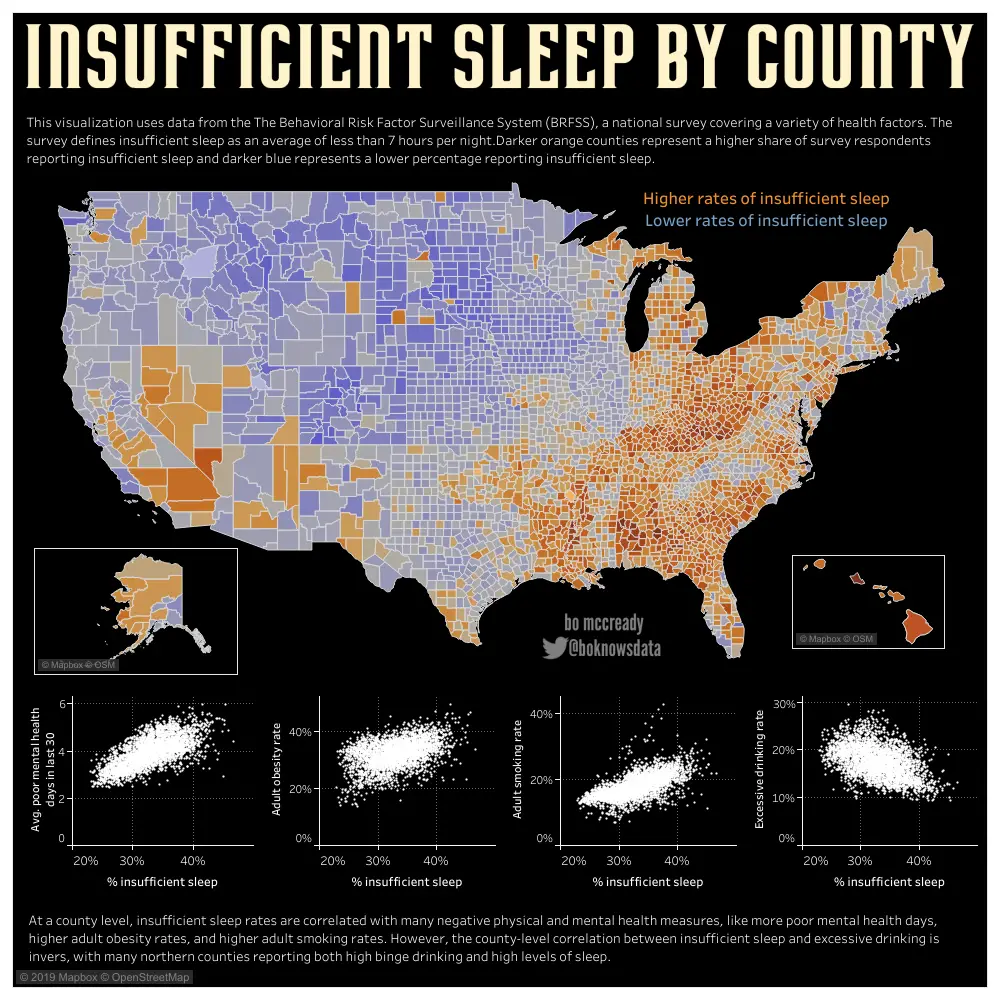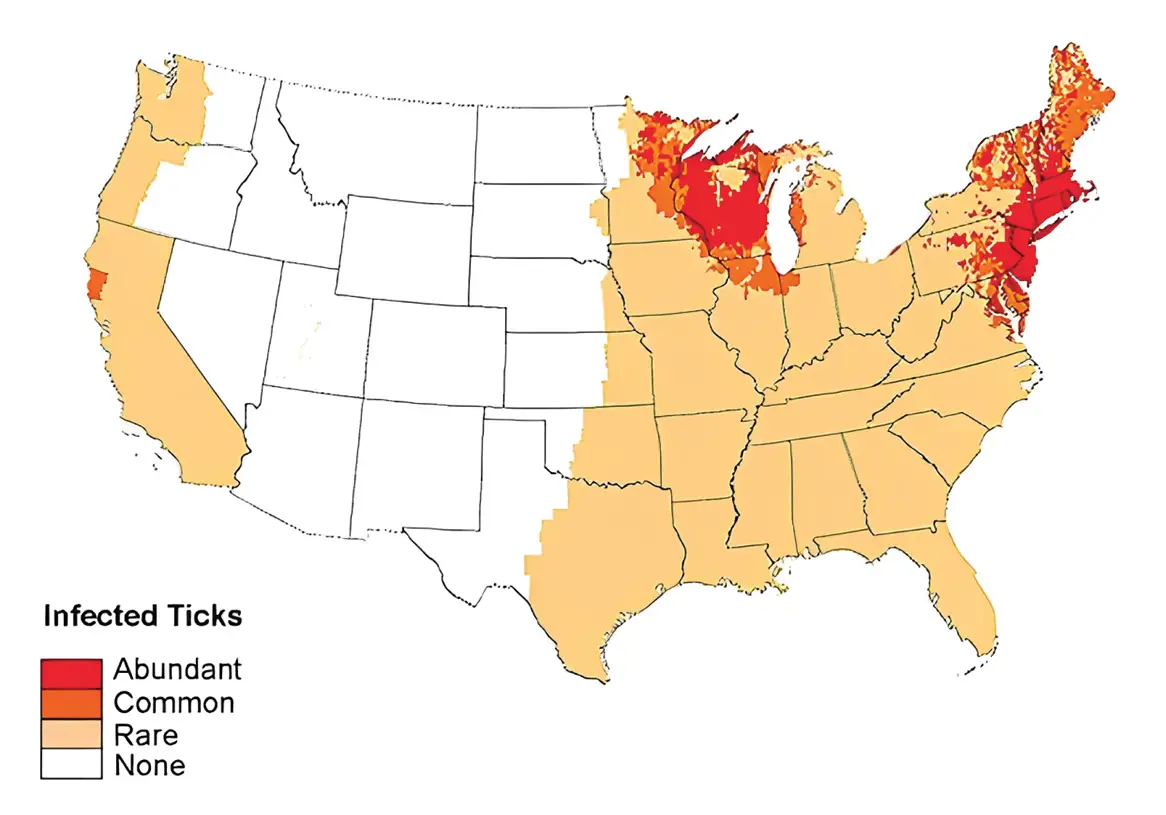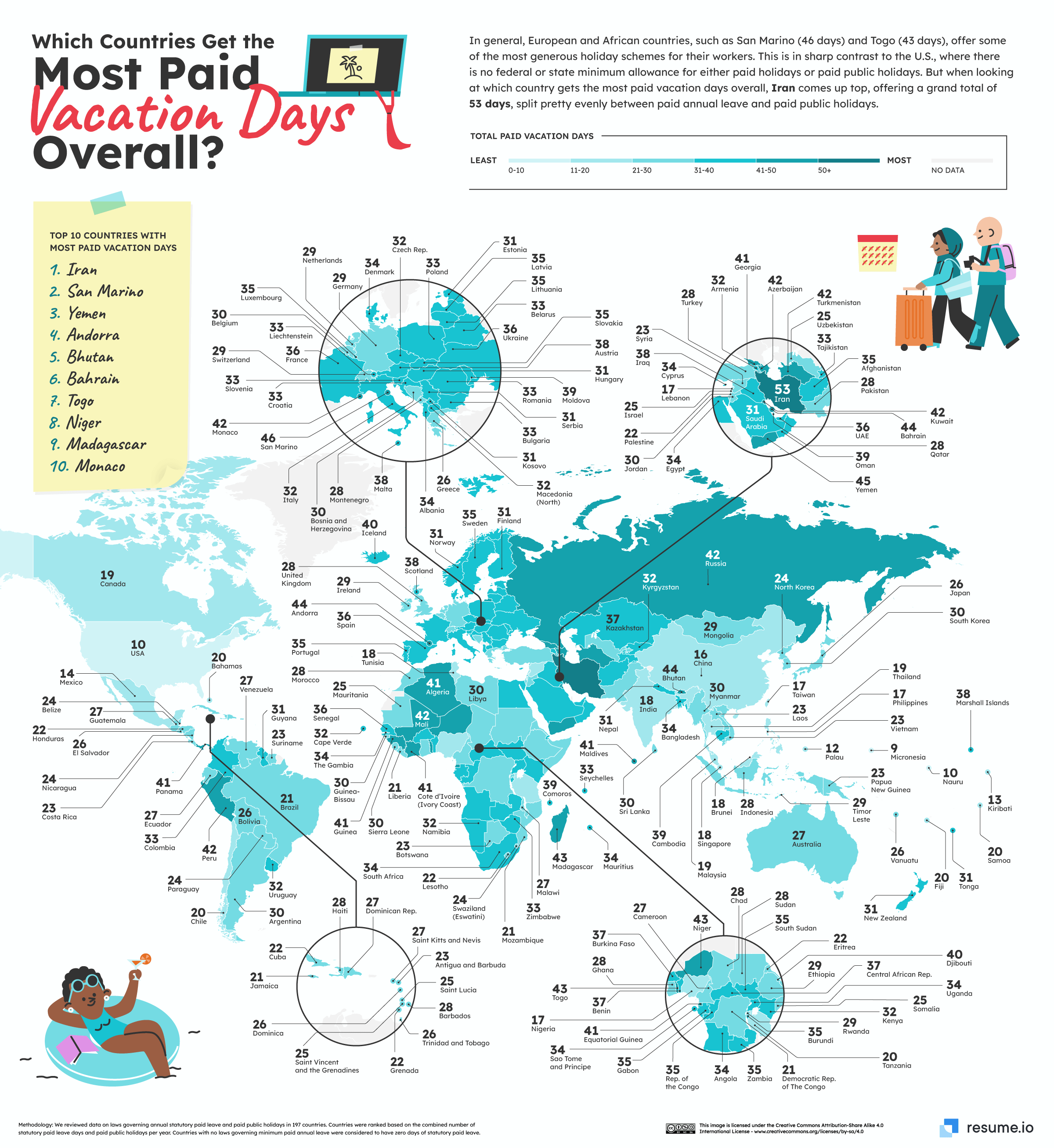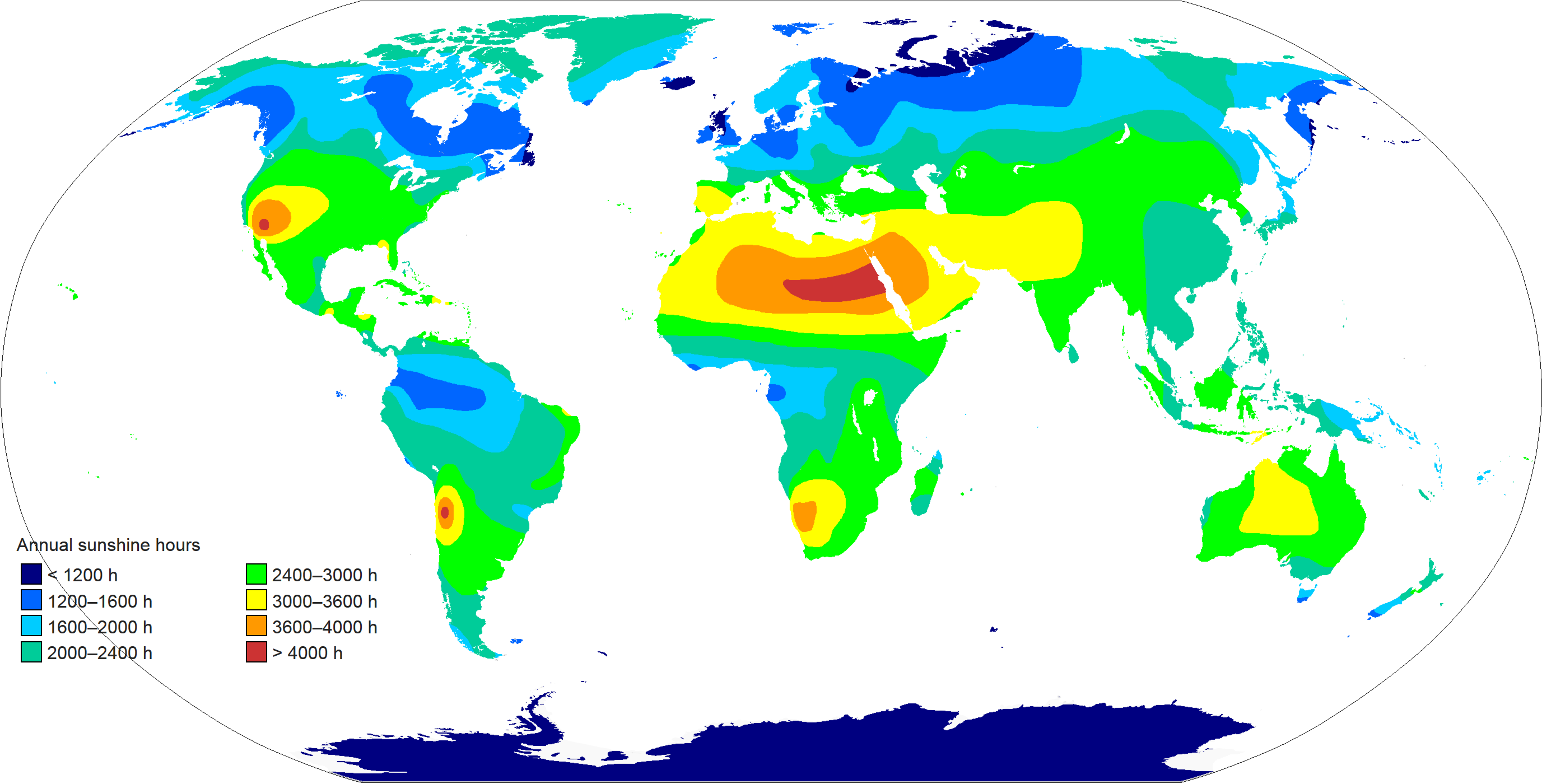Sleep Patterns Across the USA
In our fast-paced world, sleep often takes a back seat to our busy lives. However, the importance of a good night’s rest cannot be overstated. These fascinating maps of the United States shed light on the sleep habits of Americans, revealing intriguing patterns and potential health implications.
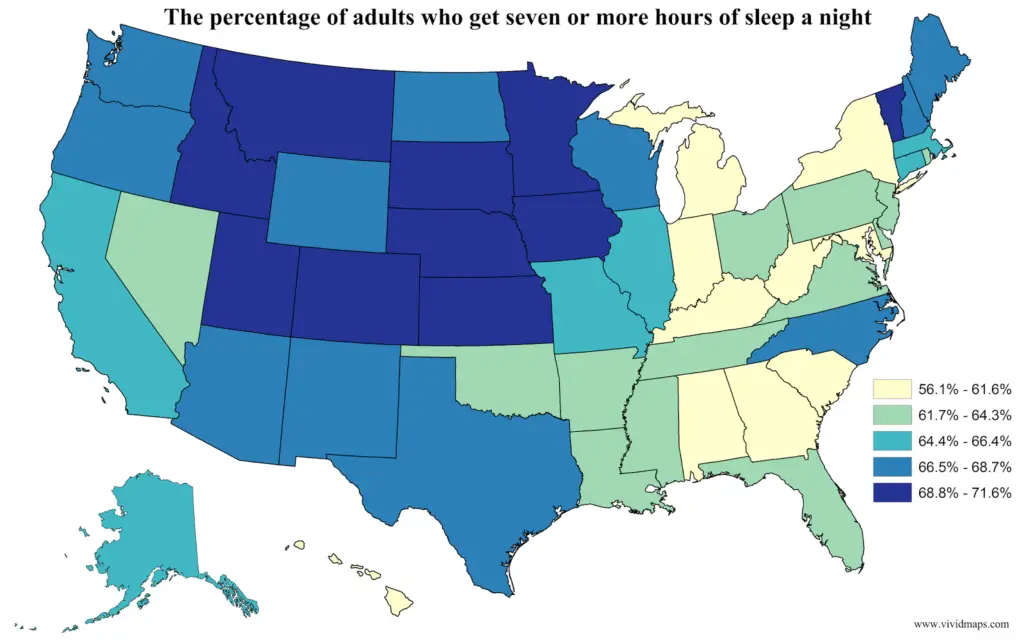
The first map, which I created using data from the Centers for Disease Control and Prevention (CDC), shows the percentage of adults who get seven or more hours of sleep per night. This visualization is based on a CDC study of 444,306 adults across all 50 states and the District of Columbia. The CDC recommends that adults aged 18 to 60 years should get at least seven hours of sleep each night for optimal health and well-being.
Some key observations from this map:
- There’s a noticeable regional pattern, with many Midwestern and Western states showing higher percentages of well-rested adults.
- Colorado and South Dakota lead the pack, with over 71% of adults getting sufficient sleep.
- Hawaii surprisingly ranks lowest, with only 56.1% of adults meeting the recommended sleep duration.
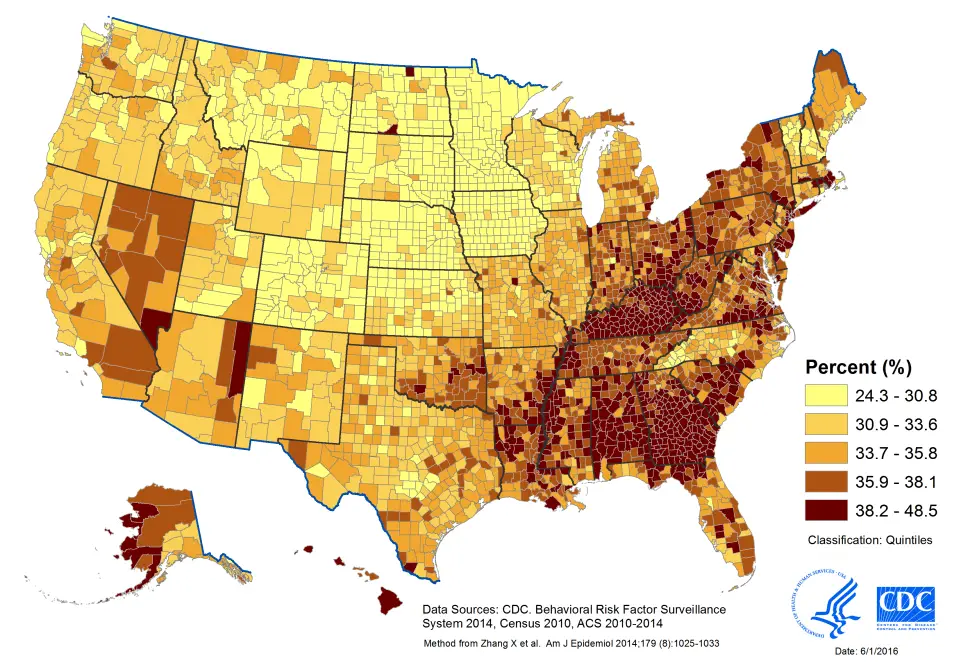
The second map, also from the CDC, provides a more granular view by showing the percentage of adults getting less than 7 hours of sleep per day at the county level. This map offers additional insights:
- Sleep deprivation appears more prevalent in the Southeast and Appalachian regions.
- Urban areas often show higher rates of insufficient sleep compared to rural areas.
- The county-level data reveals significant variations within states, highlighting the importance of local factors in sleep patterns.
Regional Factors Influencing Sleep Patterns
The maps reveal interesting regional variations in sleep patterns. CDC epidemiologist Anne Wheaton suggests that these clusters could be related to regional health issues. Areas with higher rates of obesity and frequent mental distress often correlate with regions of insufficient sleep.
Other factors that might contribute to these patterns include:
- Work schedules and commute times in different regions
- Cultural attitudes towards sleep and work-life balance
- Access to healthcare and sleep disorder treatments
- Environmental factors like noise and light pollution in urban areas
- Climate differences that may affect sleep habits
The Hawaii Paradox
One of the most surprising findings is Hawaii’s low ranking in sleep sufficiency. Despite its reputation as a relaxing paradise, only 56.1% of Hawaiian adults report getting enough sleep. While the exact reasons remain unclear, potential factors could include:
- The tourism-driven economy leading to non-traditional work hours
- Higher cost of living causing increased stress and potentially longer work hours
- The island’s natural beauty possibly encourages more outdoor activities at the expense of sleep
Why Sleep Matters
The importance of getting enough sleep extends far beyond feeling refreshed in the morning. Adequate sleep is crucial for:
- Cognitive function: Sleep helps consolidate memories and enhances learning abilities.
- Physical health: Sufficient sleep is linked to better immune function and reduced risk of chronic diseases like diabetes and heart disease.
- Mental health: Proper sleep contributes to emotional regulation and stress management.
- Safety: Well-rested individuals are less likely to be involved in accidents, whether on the road or in the workplace.
The Cost of Sleep Deprivation
The CDC study revealed that about 35% of Americans don’t get enough sleep, which has significant consequences:
- Approximately 30% of adults suffer from some form of insomnia.
- Around 10 million Americans rely on sleeping aids.
- Sleep-deprived workers cost the U.S. economy an estimated $63 billion in lost productivity annually.
Tips for Better Sleep
If you’re among those struggling to get enough shut-eye, try these strategies:
- Stick to a sleep schedule, even on weekends.
- Create a relaxing bedtime routine, such as reading or gentle stretching.
- Make your bedroom conducive to sleep: dark, quiet, and cool.
- Limit exposure to blue light from screens before bedtime.
- Avoid caffeine, alcohol, and large meals close to bedtime.
- Regular exercise can improve sleep quality, but not too close to bedtime.
Conclusion
These maps of the United States offer a compelling visual representation of sleep patterns across the country. They serve as a wake-up call, highlighting the need for greater awareness about the importance of sleep. As we continue to understand the complex factors influencing our sleep habits, we can work towards creating environments and lifestyles that promote better rest for all Americans.
Remember, good sleep is not a luxury—it’s a necessity for health, productivity, and overall well-being. By prioritizing sleep and addressing the factors that prevent us from getting enough rest, we can work towards a more well-rested and healthier nation.
Explore More Maps of the United States
Interested in more maps of the United States? Check out these options available on Amazon:

